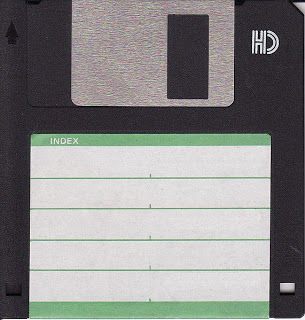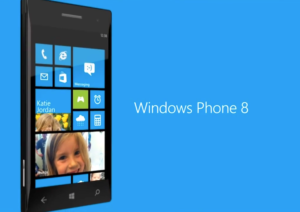 Modern companies thrive by harnessing and interpreting data. The more data we have, and the more we focus on analyzing it, the better we can make decisions. Data about our customers, data about purchasing patterns, data about network throughput, data in server logs, data in sales receipts. When we crunch our internal data, and cross-reference it against external data sources, we get goodness. That’s what Big Data is all about.
Modern companies thrive by harnessing and interpreting data. The more data we have, and the more we focus on analyzing it, the better we can make decisions. Data about our customers, data about purchasing patterns, data about network throughput, data in server logs, data in sales receipts. When we crunch our internal data, and cross-reference it against external data sources, we get goodness. That’s what Big Data is all about.
Data crunching and data correlation isn’t new, of course. That’s what business intelligence is all about. Spotting trends and making predictions is what business analysts have been doing for 40 years or more. From weather forecasters to the World Bank, from particle physicists to political pollsters, all that’s new is that our technology has gotten better. Our hardware, our software and our algorithms are a lot better.
Admittedly, some political pollsters in the recent United States presidential election didn’t seem to have better data analytics. That’s another story for another day.
Is “Big Data” the best term for talking about data acquisition and predictive analytics using Hadoop, Map/Reduce, Cassandra, Avro, HBase, NoSQL databases and so-on? Maybe. Folks like Strata conference chair Edd Dumbill and TechCrunch editor Leena Rao think not.
Indeed, Rao suggests, “Let’s banish the term ‘big data’ with pivot, cloud and all the other meaningless buzzwords we have grown to hate.” She continues, “the term itself is outdated, and consists of an overly general set of words that don’t reflect what is actually happening now with data. It’s no longer about big data, it’s about what you can do with the data.”
Yes, “Big Data” is a fairly generic phrase, and our focus should rightfully be on benefits, not on the 1s and 0s themselves. However, the phrase neatly fronts a broad concept that plenty of people seem to understand very well, thank you very much. Language is a tool; if the phrase Big Data gets the job done, we’ll stick with it, both as a term to use in SD Times and as the name of our technical training conference focused on data acquisition, predictive analytics, etc., Big Data TechCon.
The name doesn’t matter. Big Data. Business Intelligence. Predictive Analytics. Decision Support. Whatever. What matters is that we’re doing it.

 In 1996, according to the Wikipedia,
In 1996, according to the Wikipedia, 

 Echosystem. What a marvelous typo! An email from an analyst firm referred several times to a particular software development ecosystem, but in one of the instances, she misspelled “ecosystem” as “echosystem.” As a technology writer and analyst myself, that misspelling immediately set my mind racing. Echosystem. I love it.
Echosystem. What a marvelous typo! An email from an analyst firm referred several times to a particular software development ecosystem, but in one of the instances, she misspelled “ecosystem” as “echosystem.” As a technology writer and analyst myself, that misspelling immediately set my mind racing. Echosystem. I love it. It take a lot to push the U.S. elections off the television screen, but Hurricane Sandy managed the trick. We would like to express our sympathies to those affected by the storm – too many lives were lost, homes and property destroyed, businesses closed.
It take a lot to push the U.S. elections off the television screen, but Hurricane Sandy managed the trick. We would like to express our sympathies to those affected by the storm – too many lives were lost, homes and property destroyed, businesses closed.
